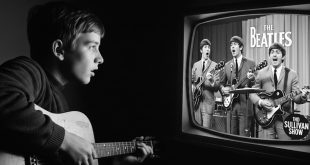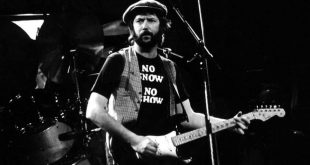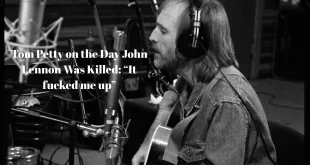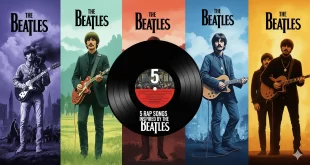For many fans, Radiohead’s career has been defined by reinvention. From the early grunge-inspired sound of Pablo Honey to the anthemic The Bends and the groundbreaking OK Computer, the band continually refused to stay within one musical framework. Yet when it came to Kid A—an album that shocked fans and critics alike—frontman Thom Yorke saw an unexpected parallel: The Beatles’ late-era work on Let It Be.
From One-Hit Wonder to Art-Rock Innovators
Radiohead’s debut album Pablo Honey (1993), featuring the hit Creep, led many to dismiss the band as a fleeting presence in the alternative scene. But as trends shifted, Radiohead evolved. With The Bends (1995), they embraced Britpop’s grandeur while pushing into more emotional, art-rock territory.
Then came OK Computer (1997), a sprawling masterpiece often regarded as one of the greatest albums in rock history. Its futuristic themes of technology, isolation, and modern dread earned critical acclaim, setting impossibly high expectations for their next move.
The Bold Leap of Kid A
Instead of delivering another guitar-driven follow-up, Radiohead surprised the world with Kid A (2000). The record abandoned conventional rock structures in favor of electronic beats, abstract soundscapes, and haunting vocals. Songs like Everything In Its Right Place and Idioteque signaled a seismic shift, fusing icy synths with Yorke’s emotional delivery.
Fans were initially divided, but over time, Kid A came to be seen as one of the boldest and most influential albums of the new millennium.
Thom Yorke’s Beatles Comparison
Reflecting on this period of experimentation, Thom Yorke revealed that he saw Radiohead’s journey as similar to The Beatles’ work during their Let It Be sessions.
“I’ve been watching the Beatles stuff about Let It Be,” Yorke explained. “When they moved to Apple into the basement—it was their space, and you can see them growing in confidence. I sort of really identified with that, like, ‘Okay, we finally got our own space. Finally, we can do what we want.’”
For Yorke, the comparison wasn’t about musical style but about creative freedom. Just as The Beatles had carved out a space to redefine their sound, Radiohead found themselves liberated during the making of Kid A.
A Band Uninhibited
Whereas many artists crumble under the weight of following up a monumental success, Radiohead used the opportunity to explore without fear. The Kid A sessions were marked by experimentation, improvisation, and collaboration. Yorke described it as a process where “stuff sort of happened despite ourselves rather than because of ourselves.”
This echoed the free-flowing spirit of The Beatles at Apple Studios, where personal struggles mixed with bursts of creativity that ultimately reshaped modern music.
Kid A’s Lasting Legacy
Today, Kid A is considered a landmark of 21st-century music. Tracks like How to Disappear Completely combined Radiohead’s haunting balladry with avant-garde arrangements, while the album as a whole painted a bleak yet visionary portrait of the new millennium.
Much like The Beatles with Let It Be, Radiohead proved that true artistry comes not from repeating past successes but from daring to step into the unknown.
Conclusion
By comparing Kid A to The Beatles’ Let It Be, Thom Yorke offered fans a unique window into Radiohead’s mindset at the dawn of the 2000s. Both albums captured bands at pivotal crossroads—defying expectations, embracing risk, and ultimately reshaping the future of popular music.






